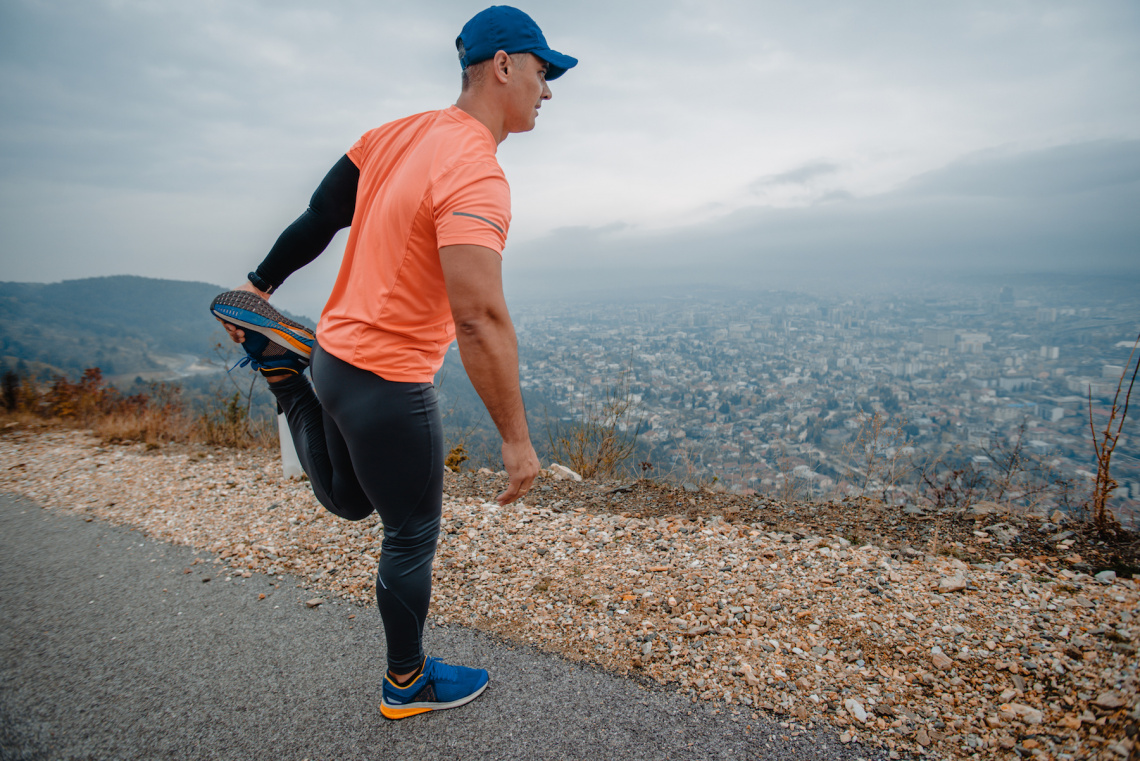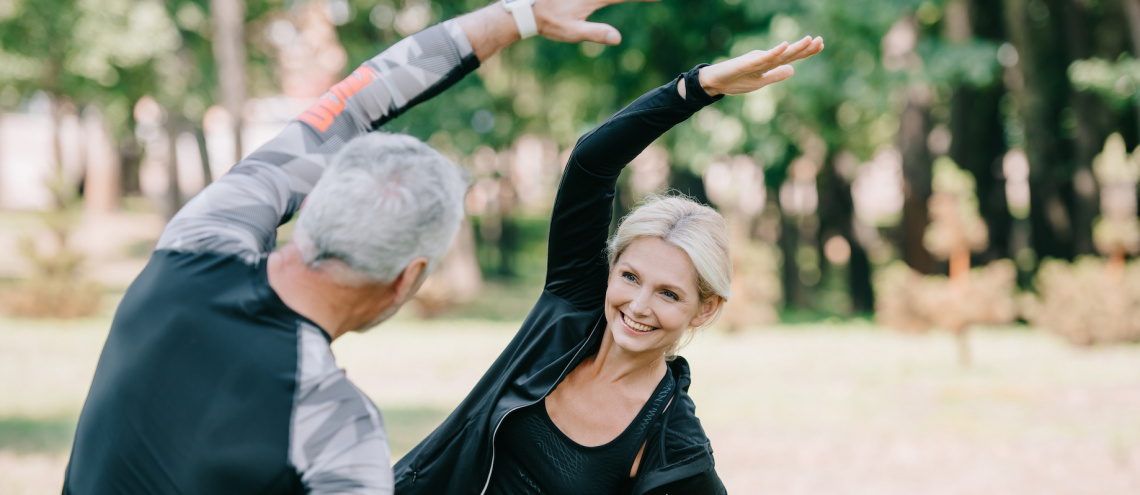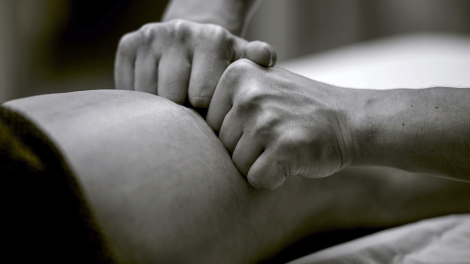Have you ever marvelled at a baby with its legs wrapped behind its ears, or watched as they effortlessly squat and stand up like they’re made of warm taffy? We lose this flexibility early on in life and write it off as something we ‘used to have’. Most of us turn our focus to building muscle, toning or losing weight from our 20s onwards. But the truth of the matter is that looking good isn’t helpful if you can’t live functionally – and that is where flexibility is key.
What is flexibility?
In short, flexibility is the range of motion around a specific joint. The more flexible you are, the more easily and effortlessly you can move without pain or discomfort.
Flexibility is more important as you age
Our flexibility is at its peak at around age 25 in men and 25-30 in women. But by the age of 60 or 70, we can expect to lose up to 50% of our normal range of motion if we don’t make a conscious effort to maintain it.
Think of an athletic friend – maybe they cycle, run. Now think of a relatively inactive friend. Can either of them touch their toes and move easily or are they often telling you about some ailment like, “I did my back in/ pulled a hamstring/ hurt my knees last week”?
If they’re older than 30, you probably hear more of the latter. Maybe you’ve even said these things yourself.
The fact is that, active or not, maintaining flexibility and freedom of movement become increasingly difficult over time without regular practice. Combine a stiff, rigid body with the myriad of age-related physical declines, you’re looking at an uncomfortable next few years.
While flexibility naturally declines with age, studies have shown that a regular flexibility program can delay and even reverse this degeneration! In short, stretching and maintaining flexibility will give you the freedom to go about daily living without pain and lessen your risk of injury.

Long term benefits of stretching and flexibility
Because stretching helps improve and maintain your range of motion, over time you will experience:
- Less back pain
- Better circulation
- Better joint mobility
- Improved muscle function
- Better posture
3 important tips for safe stretching
1) If something hurts, stop immediately. Stretching should feel good or slightly uncomfortable, but never painful. Listen to your body.
2) Always progress slowly. Don’t dive into a challenging stretch to prove something to yourself. Your muscles need time to lengthen – know your limits!
3) Avoid movements that hyperextend or lock your knee joint (always keep soft knees) and try not to bend down too far like a full squat – especially if you already experience knee problems – as this can weaken the ligaments around your knees over time.
How often should you stretch?
Ideally? Daily. Both active and sedentary lifestyles need to make time for stretching. Certain types of exercise may improve our cardiovascular fitness and strength, but result in tight, stiff muscles. So, it’s incredibly important to include stretching as part of your routine if you don’t already. If you do very limited physical activity, you are just as prone to stiffness, so get stretching!
When engaging in any new movement program, like our Integrated Movement Routines (IMRs), it’s important to take it slow. This is why we encourage new members to take the First Steps course – it’s progressive and will help you understand your limits while your improve.
The recommended duration to hold a stretch is about 30 seconds but start with whatever you can and work your way up if you know you’re stiff. Repeat the stretch a few times, and once it feels comfortable, challenge yourself to hold the stretch longer, or reach further, deepening the stretch.
Flexibility requires maintenance and consistent effort. But the great thing is that stretching actually feels good – so why wouldn’t you want to do it all the time?
The home stretch
A slow and steady stretching program should be done regularly to maintain your flexibility. Range of motion is so important in helping you move through the activities of the day, as well as any other activities you may find yourself wanting to do. Flexibility allows you the freedom to move through life, rather than watch it move around you.
So, start stretching today. Your body will thank you tomorrow!







Comments